One of the common areas where a beginner in bird and wildlife photography gets confused is while choosing the telephoto lens. There are many telephoto lens options. The right telephoto lens can get you the best shots. The 400mm telephoto focal length is one of the choices. So, you will be interested to know if 400mm is enough for wildlife and bird photography.
400mm is good enough for wildlife and bird photography. I have photographed many wildlife and bird images at 400mm. But there are many things to consider before investing in a 400mm lens. I will discuss all these factors in detail in this guide. It will help you make the right choice.
1. Autofocus Speed
When it comes to photographing birds and wildlife, the autofocus speed is one important parameter.
The subject will be on the move most of the time. So, your camera needs to have a good autofocus speed.
The focusing speed is dependent on the lens. There are multiple types of 400mm lenses in the market.
Before investing in any of these, make sure to select one that has a good focusing speed. Wildlife and bird photography demands fast autofocus speed.
2. Angle of View of 400mm Lens
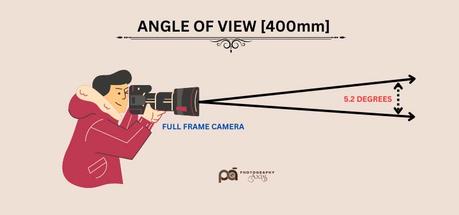
The angle of view of a 400mm lens is 5.2 degrees horizontally and 3.4 degrees vertically on a full-frame camera.
If you use the same lens on an APS-C camera body, the field of view will be less than 5.2 degrees.
3. Type of Camera Body
You can use the 400mm lens with an APS-C or full-frame camera body.
You will get the 400mm focal length when you use this lens with a full-frame camera body.
When you use this lens on an APS-C camera, there will be a change in the effective focal length. Here, the crop factor of the camera body needs to be taken into account.
The Canon APS-C camera body comes with a 1.6x crop factor. Thus, the 400mm lens will become a 640mm lens.
The Nikon APS-C camera body comes with a 1.5x crop factor. Thus, the 400mm lens will become a 600mm lens.
Thus, you will get the extra reach when you use a crop camera body with a 400mm lens. This extra reach can help to photograph distant wildlife subjects.
4. Maximum Aperture of the 400mm lens
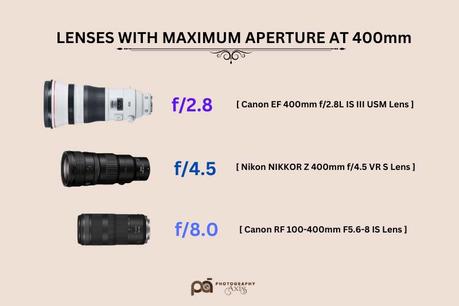
There are many variants of 400mm lenses available in the market.
When you pick a 400m lens for wildlife and bird photography, you need to check the maximum aperture opening of the lens first.
You will get 400mm lenses with a maximum aperture of f/2.8, f/4.0, f/5.6, etc.
The lens with a maximum aperture of f/2.8 is one of the best options since it allows more light to enter the camera sensor. Thus, you can shoot at a faster shutter speed at a lower ISO value.
5. Use of Lens Extender/ Tele Converters
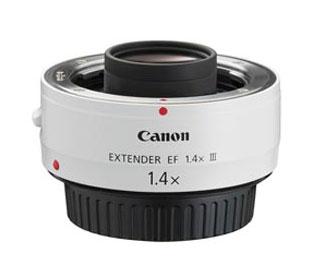
There are many situations where you need the extra reach. It happens usually when the subject is small and far away.
You need to use a lens extender/ teleconverter in such a situation. You can get two types of lens extenders in the market. They are 1.4x and 2x extender.
The 1.4x extender will change the focal length of the 400mm lens to 560mm (400 x 1.4).
The 2x extender will change the focal length of the 400mm lens to 800mm (400 x 2).
But the extra reach comes at the cost of reduced aperture opening.
The 1.4x extender reduces the maximum aperture opening by 1 stop. If you are using a f/2.8 lens, the maximum aperture will become f/4.0.
The 2x extender reduces the maximum aperture opening by 2 stops. If you are using a f/2.8 lens, the maximum aperture will become f/5.6.
For some cameras, the autofocus may not work when you use the 2x extender.
Also, there will be a slight reduction in image quality and focusing speed.
I don’t recommend using a lens extender for a 400 mm zoom lens. It will make the lens slow.
Consider reading this article to learn the Pros and Cons of using a Lens Extender.
6. Background Blur
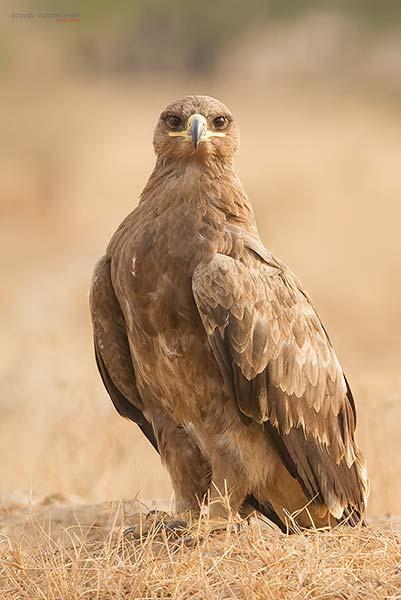
If you want to make the wildlife subject stand out in the frame, you need to get a good background blur in the image.
Many photographers use the background blur feature to make their subjects pop out in the image.
Many factors affect the background blur in an image. Two main factors are the lens aperture and the focal length.
The 400mm focal length can produce nice background blur at aperture values of f/2.8 and f/4.0.
If you pick a lens with any of these values as the maximum apertures, you can get a nice background blur in your image.
7. 400mm Lens Bokeh
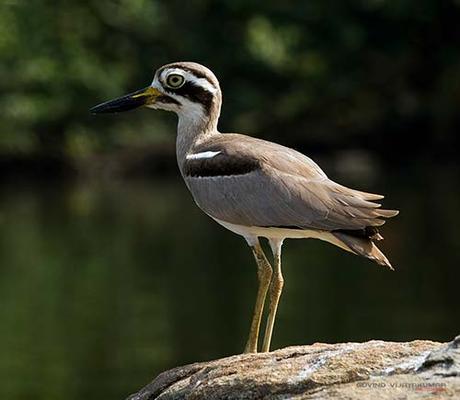
When you capture bird and wildlife portraits, you can make the image more beautiful with the help of the Bokeh effect.
Bokeh is the quality of blur in the out-of-focus region in an image.
Some 400mm lenses are known to produce greater Bokeh than others. It is due to the arrangement of aperture blades inside this lens. The f2.8 lens is one of the best when it comes to the Bokeh effect.
So, check the Bokeh of the lens before buying.
8. Camera Shake
The camera shake is another important factor to consider especially when you shoot handheld with a 400mm lens.
If you plan to shoot handheld, it is better to go with a 400mm lens that comes with an image stabilization feature. Such lenses will cost more.
Different camera brands represent image stabilization by different names. It will be IS for Canon, VR for Nikon, and OS for Sony.
If you are going for a non-IS lens, use the thumb rule of shutter speed to avoid the camera shake.
According to this rule, you need to shoot at a shutter speed of 1/400 for a 400mm focal length to avoid image blur.
9. 400mm – Zoom Vs Prime
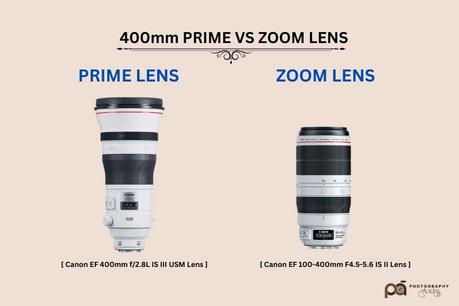
You can get a zoom or prime lens with a 400mm focal length. Both these types of lenses have their pros and cons.
I have used both prime and zoom 400mm lenses for photographing wildlife. If you go for a prime lens, you will get maximum aperture and better image quality.
If your choice is a zoom lens, you will have to compromise on the maximum aperture and the image quality. But the image quality will not be that bad.
There is one good advantage of using a zoom lens. You will be able to compose the image in a better way by adjusting the focal length. In the case of a prime lens, you can only crop the image later to apply your composition technique.
10. Noise Performance in Low Light
The noise performance is not only dependent on the camera body but also on the lens.
The wildlife and bird activity are at their peak during the evening and early morning time. You will get less light during these times of the day.
You can capture great images in low light if you use a good lens. But you need to use a fast 400mm lens for great results.
A lens with maximum aperture like a 400mm f/2.8 lens can help you capture good pictures in low light.
11. Easy to Carry
Wildlife photography mostly happens via jeep safari. So, you can keep the camera and lens inside the safari vehicle.
But, when it comes to bird photography, you will have to hike and walk a lot along with your camera and lens.
In such situations, if the lens is heavy, you may find it difficult to carry it with you,
Check the weight of the lens before investing in one. Make sure you can carry it along with you easily.
Also, it is tough to carry big lenses in a backpack when you are traveling via airplane.
12. Handheld Shooting
There are many instances where you need to shoot handheld. It happens when you photograph birds in flight and animals in action.
If you use a heavy lens for such shots, you may find it difficult to handhold the lens and camera and capture the image. It is because the subject is always on the move.
A less heavy telephoto lens will be the ideal choice in such situations. If you are a person who goes for such shots most of the time, invest in a lightweight 400mm telephoto lens.
13. The Reach Factor
The lens reach is an important factor to consider, especially for bird and wildlife photography.
You will get more reach with a 400mm lens when compared to a 300mm one. But less reach than a 500mm one.
It is a good focal length to photograph medium and large-sized birds.
14. Size of the Bird/ Animal

The 400mm focal length is a good choice for photographing bigger animals and birds.
If your subject is a small birds like lark, pipit, and warbler, you may not get good details of the birds in the image.
You will have to get close to the birds to capture more details. But most of the birds may not allow you to get that close all the time.
15. Versatility Factor
You can use this focal length for sports photography also.
However, this focal length is not suited for photographing portraits or landscapes.
16. Cost of a 400mm Lens
Cost can be one of the deciding factors, especially if you are a hobbyist photographer.
A 400mm prime lens will be more expensive than a zoom lens.
You will also get different 400mm prime lenses with different maximum aperture openings. Here, the fast lens will cost you more.
For example, a f/2.8 prime lens will be more expensive than a f/5.6 prime lens.
So, choose one accordingly.
Final Thoughts
So, you can easily decide whether 400mm is good for bird and wildlife photography based on the above factors.
READ MORE: Is 300mm Enough for Wildlife & Bird Photography?

